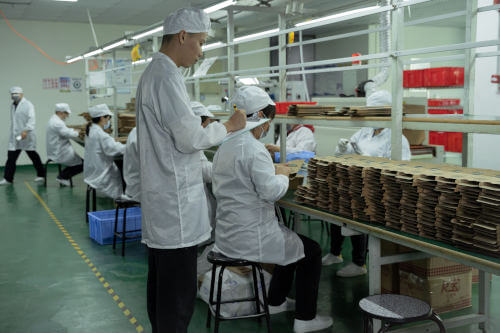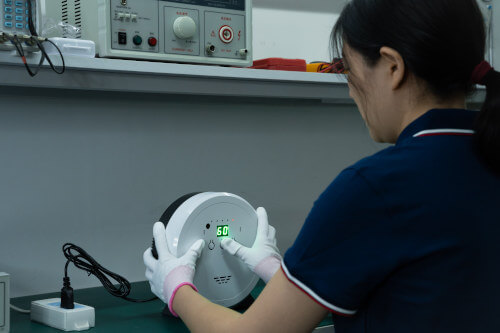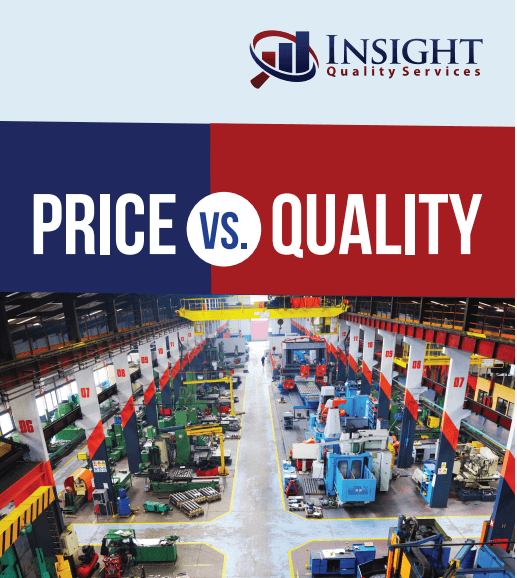To manage product quality as effectively as possible, you need to have a quality management system in place. An effective quality system helps ensure that each time your products ship, you can be confident that they will be free from excessive defects.
When putting your quality system into place, it is vital to think about both Quality Assurance and Quality Control. While these two terms are similar, there is actually an important distinction between them.
People sometimes use these terms interchangeably, perhaps thinking that they’re the same thing. This article explains what each one means, how they differ, and it provides some examples of both.
Table of Contents
What is Quality Assurance?
ISO 9000 defines Quality Assurance (QA) as “part of quality management focused on providing confidence that quality requirements will be fulfilled.” In other words, it refers to all the actions you take proactively to ensure that your products will meet quality standards. This includes auditing your suppliers to ensure that they have the capabilities to meet your needs.
The Role of Factory Audits

Insight auditor conducting an onsite factory assessment
Factory audits are an excellent example of a QA activity because they focus on quality from a big picture perspective. Does your factory have the systems in place to meet your quality requirements? Do they have the capacity to do so on an ongoing basis? These are the kinds of big picture questions that a factory audit can answer for you, putting it in the category of QA.
What is Quality Control?
ISO 9000 defines Quality Control (QC) as “part of quality management focused on fulfilling quality requirements.” In other words, it refers to all the actions you take to verify that the products you’ve produced meet your standards. It is a subset of Quality Assurance specifically focused on verification, and it includes activities such as product inspection and testing.
The Role of Inspections and Testing

Insight inspector conducting functional checks during a product inspection
A product inspection is an excellent example of a QC activity because it focuses on verification. Do the products from a specific purchase order function properly, and do all dimensions match my specifications? These questions can be answered by a product inspection, putting it in the category of QC.
A laboratory test is another great example of a verification activity since it verifies a product’s adherence to standards. You can use lab tests to confirm that your product is made from the correct materials and is free from hazardous substances. (Related: What is the difference between inspection and testing?)
Quality Assurance Versus Quality Control: The Differences
You might be asking yourself, is there really a clear distinction between QA and QC? While these two terms are pretty closely related, it is essential to note the differences between them. Without incorporating quality control and assurance activities into your quality management system, you could set yourself up for failure.
Here are a few different ways to look at the difference between quality control and assurance:
- QA is proactive, while QC is reactive.
- QA is process-oriented, while QC is product-oriented.
- QA focuses on preventing defects, while QC focuses on identifying defects.
A factory audit can assess your supplier’s systems (QA). Inspecting or testing products helps you identify defects (QC).
Both types of activities together help importers to produce high-quality products in the most cost-effective way. To learn more about how to strike the right balance, we recommend reading our ebook, Price vs. Quality.
Price vs. Quality: What You Need to Know
When you’re making products to sell in the marketplace, you have to consider the tradeoffs between price and quality. Sometimes, producing better quality products can lead to paying a higher price for manufacturing.
Download our free white paper, Price vs. Quality, to learn how to produce great quality while keeping your costs low.





0 Comments